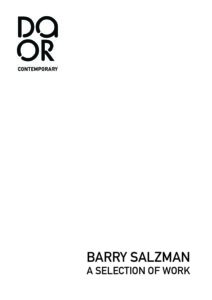ARTIST STATEMENT
The essential ethics of seeing underpins my landscape works.
In this ongoing project I focus on the recurrence of genocide. I use the landscape metaphorically to draw connections between each of these disparate and dark moments in modern history, suggesting that we, as members of an amorphous humanity, form the true connective tissue between them.
To date this project includes landscape works from Namibia, Poland, Ukraine, and Rwanda, all made within witness distance of sites where acts of genocide were perpetrated. Namibia was the site of the first genocide of the twentieth century, where the German occupiers of what was then South West Africa developed and tested concentration camps, which they brutally deployed against the Herero and Nama population from 1904–08. During the Second World War, the first mass victims of the Holocaust were often taken from their homes to locations just outside the towns and villages where they lived. There they were shot. The images from Poland and Ukraine examine those landscapes. In Rwanda in 1994, almost one-million people were killed in one-hundred days – there is no landscape anywhere in that small country that did not bear witness to the atrocities.
In contrast to the specific locations where I made the work, the images are intentionally non-specific. My intent is for the photographs to counter the way information on this topic is typically disseminated – through the precise lens of the photojournalist, historian, or documentarian. How I make each image is critical to the project’s concept – using a single exposure without any compositing or layering in post-production. By using tools of abstraction, I try to expose the layered landscape: its complexities, varied interpretations, and the memories it evokes, all of which are dependent on time and one’s personal perspective.
Metaphorically, the landscape – like us – witnesses all. It sheds its leaves in cover-up and complicity. But through its rebirth, so it rejuvenates. It carries with it the traces of the past and promises of the future. It triumphs over trauma. It is inextricably intertwined with our darkest moments and brightest days.
In these works, I am preoccupied with making aesthetic images as opposed to documenting brutal facts. By creating images, my hope is to give viewers the space to interpret the work in their own way.



Recent Comments